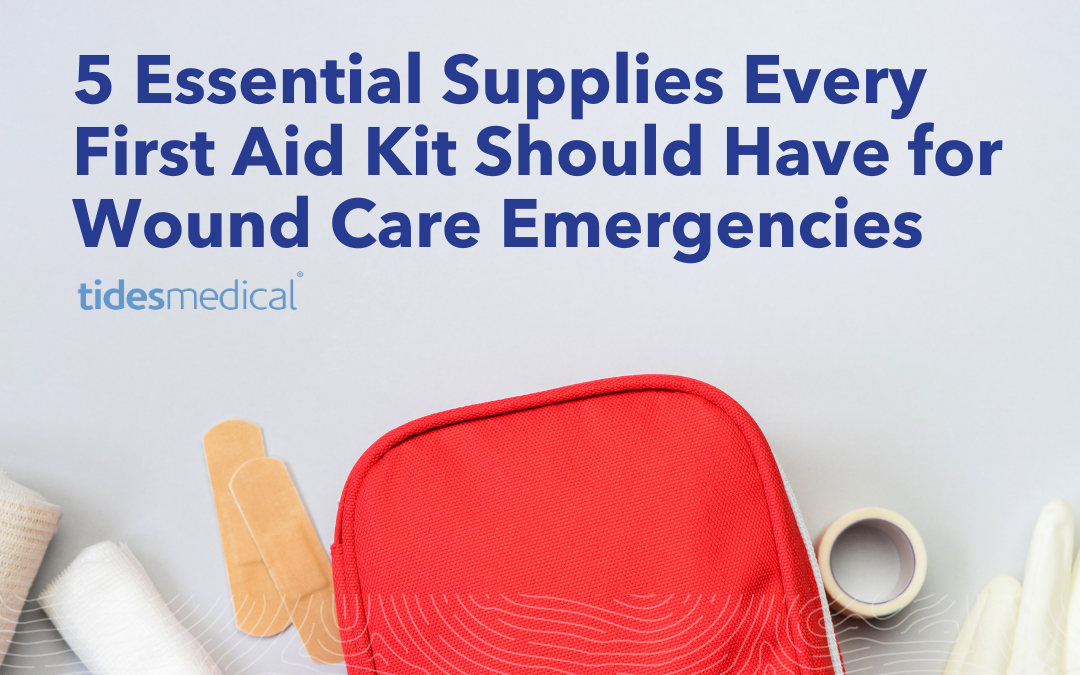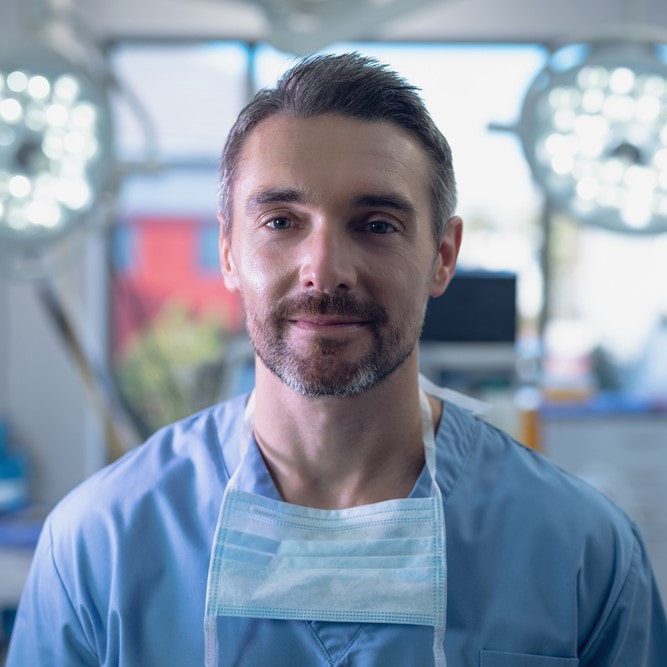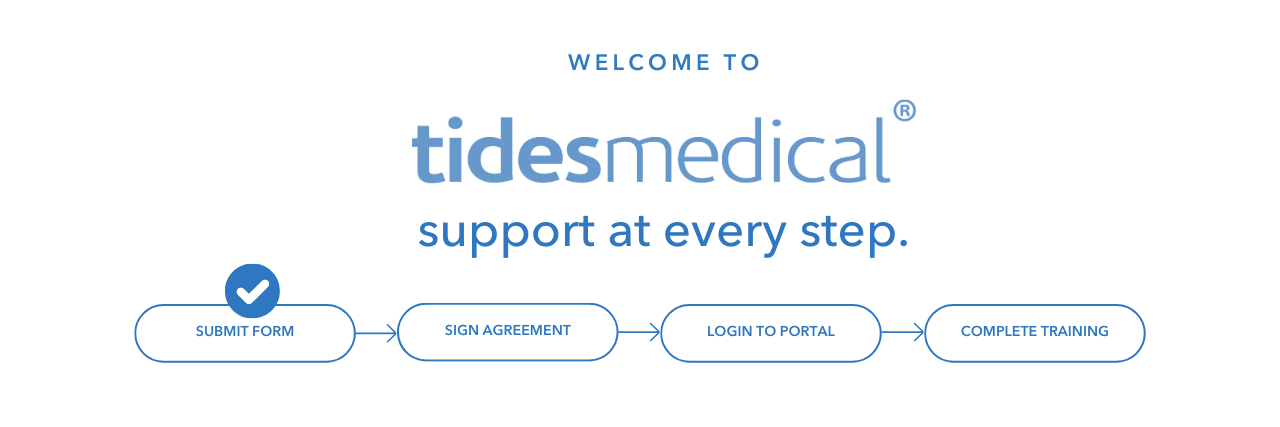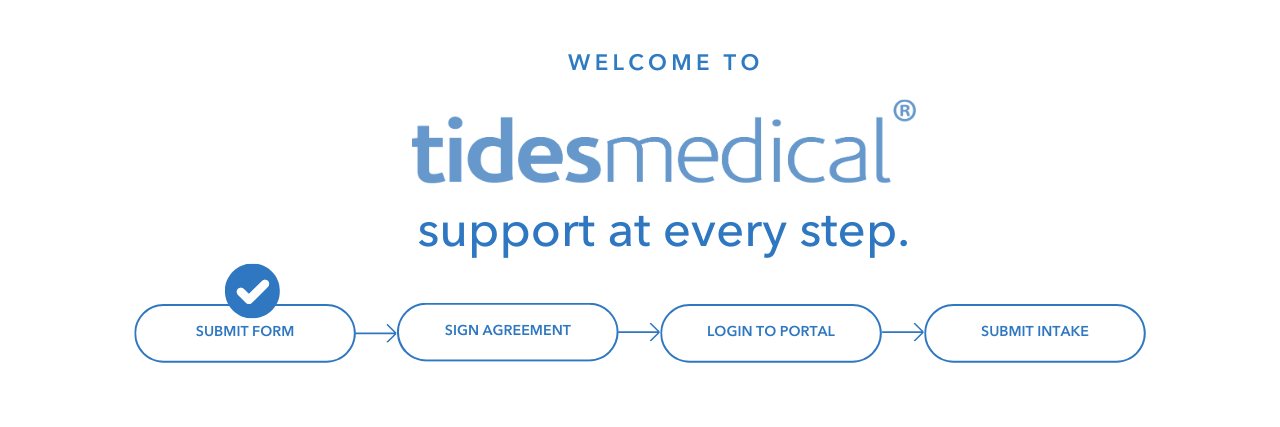First aid kits date back to the late 19th century, coinciding with the emergence of organized efforts to provide medical assistance in emergencies. Organizations such as the Red Cross started to formalize first aid training. First aid was introduced into civilian settings, and programs were expanded and became more common in workplaces, schools, homes, and personal vehicles.
Over time, efforts have been made to standardize the contents of first aid kits and regulate their use. As medical knowledge and technology have advanced, the contents of first-aid kits have evolved. Modern kits may include items like CPR masks, instant cold packs, tourniquets, and epinephrine auto-injectors (for allergic reactions).
Today, first aid kits are widely available and come in various sizes and formats tailored to different settings and needs, such as home first aid kits, travel first aid kits, sports first aid kits, and wilderness first aid kits. They remain essential for providing immediate care and potentially saving lives in emergencies. A well-prepared first aid kit is also essential for effectively addressing wound care emergencies.
Here are five essential supplies every first aid kit should have for wound care emergencies:
- Sterile Dressings and Bandages: Sterile dressings are crucial for covering wounds and preventing contamination. Include a variety of sizes, such as sterile gauze pads, adhesive bandages (various sizes), and rolled gauze bandages. These are essential for covering wounds of different sizes and shapes.
- Antiseptic Wipes or Solution: Antiseptic wipes or solutions, such as alcohol wipes, iodine wipes, or hydrogen peroxide, are essential for cleaning the wound and reducing the risk of infection. Ensure they are individually packaged for sterility and convenience.
- Adhesive Tape or Medical Tape: Adhesive or medical tape is necessary to secure dressings and bandages. Choose hypoallergenic tape to minimize the risk of allergic reactions, especially for individuals with sensitive skin.
- Scissors and Tweezers: Sharp, blunt-ended scissors help cut bandages and dressings to size. Tweezers can be used to remove debris from the wound or to handle sterile dressings without contaminating them. Make sure both scissors and tweezers are clean and stored in a sterile manner.
- Topical Antibiotic Ointment: Including a topical antibiotic ointment, such as bacitracin or triple antibiotic ointment, can help prevent infection and promote healing. Apply a small amount to the wound before covering it with a sterile dressing.
At Tides Medical, our primary product is high-quality human amniotic tissue grafts, uncommon in a standard first aid kit. Still, we are ultimately in the business of helping people! Amniotic tissue products, such as amniotic membrane grafts or patches, are specialized medical products typically used in clinical settings for wound care, particularly for chronic or complex wounds.
These products are derived from the inner layer of the placenta and have properties that promote wound treatments. They are often used by healthcare professionals, such as wound care specialists, surgeons, and dermatologists, in settings like hospitals, clinics, and outpatient facilities.
Suppose you have specific medical needs or anticipate being in situations where advanced wound care might be necessary. In that case, consult a healthcare provider about appropriate supplies tailored to your requirements.
Proper wound care for a wound of any size readily available, such as in a first aid kit, can positively impact the individual’s outcome.
If you want to learn more about Tides Medical’s advanced wound care products, contact us today.



 Marc Stemler, Ph.D.,
Marc Stemler, Ph.D.,  Mora Melican, Ph.D., VP of Operations, Research & Development
Mora Melican, Ph.D., VP of Operations, Research & Development LESA CATALON,
LESA CATALON, DAVID CASTILLE,
DAVID CASTILLE,




 Dr. Thomas E. Serena MD FACS FACHM MAPWCA
Dr. Thomas E. Serena MD FACS FACHM MAPWCA JOSH WILLETT,
JOSH WILLETT, JEFF MONTGOMERY,
JEFF MONTGOMERY, MIKE RIDDLE,
MIKE RIDDLE, BENJAMIN KIMBALL,
BENJAMIN KIMBALL, DOUG PAYNE,
DOUG PAYNE, JOE SPELL,
CEO
JOE SPELL,
CEO


